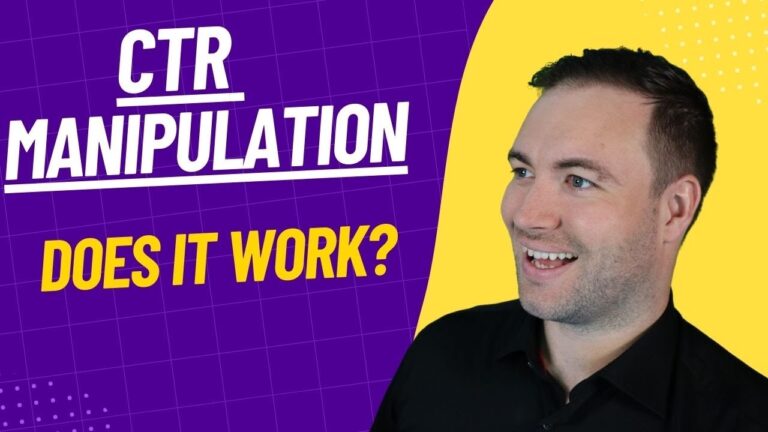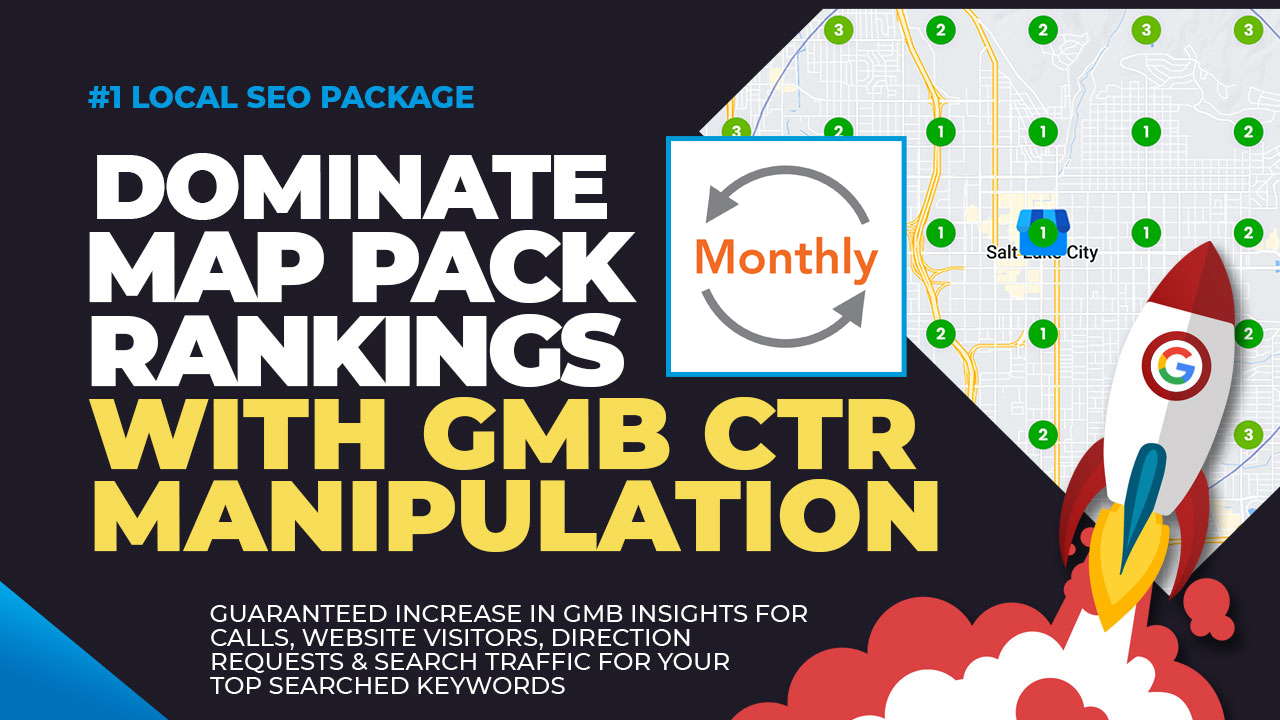Enhancing Organic Click-Through Rates With CTR Control
The optimization of natural click-through prices (CTR) is a nuanced venture that hinges on understanding both user psychology and effective content presentation. The landscape is rife with misunderstandings and oversimplifications regarding what truly drives CTR.
Recognizing Click-Through Rates
Recognizing click-through rates (CTR) is crucial for evaluating the performance of on the internet advertising and marketing methods. CTR gauges the portion of individuals that click on a certain link or advertisement compared to the complete number of users who view it. A higher CTR shows that the material is involving and pertinent to the target audience, while a reduced CTR may signal a requirement for optimization.
To calculate CTR, split the variety of clicks by the number of impressions and multiply by 100. If an advertisement obtains 300 clicks out of 10,000 perceptions, the CTR would certainly be 3%. This metric is essential for evaluating various aspects of electronic advertising and marketing, including search engine optimization (SEO), email projects, and social media sites advertising and marketing.
In addition, examining CTR helps online marketers identify which approaches produce the ideal results and which call for refinement. By concentrating on improving CTR, organizations can enhance their web content's visibility and effectiveness, resulting in enhanced traffic and possible conversions. Recognizing the subtleties of CTR is fundamental for any online marketer intending to maximize their on-line existence and make the most of roi (ROI)

The Psychology of Individual Behavior
Individual actions is significantly influenced by mental variables that dictate just how individuals engage with on the internet web content. Recognizing these variables is essential for maximizing click-through prices (CTR) in natural search results.
Emotional responses additionally significantly influence user habits. Web content that reverberates emotionally can activate a sense of seriousness or interest, motivating users to click. Additionally, social evidence-- such as customer evaluations or scores-- can improve count on and motivate involvement, as people usually want to the actions of others to inform their own decisions.
In addition, the principle of scarcity can drive clicks - CTR Manipulation Press Release. Limited-time offers or special material develop a fear of missing out on out (FOMO), engaging users to act promptly. Recognizing these emotional vehicle drivers enables online marketers to produce more compelling content that reverberates with their target audience
Efficient CTR Control Methods
Leveraging mental understandings can significantly improve click-through rates (CTR) through targeted manipulation methods. Among one of the most reliable methods is making use of compelling headings that evoke inquisitiveness or necessity. Phrasing titles as inquiries or including numbers can attract even more focus, prompting individuals to click.
An additional method includes maximizing meta descriptions to develop a feeling of relevance and immediacy. By plainly detailing the benefits or remedies supplied in the web content, you can involve prospective viewers and convince them to click. Additionally, making use of power words-- such as "unique," "verified," or "complimentary"-- can boost the charm of your material.
Aesthetic elements also play a critical role. Incorporating attractive images or thumbnails can draw users in and improve CTR. A/B testing various visuals can help recognize which photos resonate ideal with your target market.
Last but not least, guaranteeing that your material assures deliverable worth leads to greater CTR. They are much more likely to involve when users view that clicking will certainly give them with meaningful insights or services. By using these strategies attentively, online marketers can properly manipulate CTR to their advantage while maintaining ethical criteria.
Typical Misconceptions Regarding CTR
Several misconceptions border click-through rates (CTR) that can lead marketers to make misguided choices. While a high CTR recommends that even more customers are clicking, it does not assure sales or conversions.
Another usual belief is that CTR is an isolated metric. In truth, CTR must be examined in combination with various other efficiency signs, such as bounce rate and conversion price, to obtain a holistic sight of campaign success.
Additionally, some online marketers presume that optimizing for CTR alone suffices. Concentrating specifically on CTR can lead to clickbait tactics that may bring in clicks however stop working to involve users meaningfully. CTR Manipulation Service. This method can damage brand name reputation and lead to lower retention prices
Finally, there is a notion that CTR techniques are widely reliable. The truth is that optimum CTR methods can differ considerably across markets and target audiences, necessitating tailored approaches for different market sectors. Comprehending these misconceptions is crucial for establishing efficient CTR approaches that straighten with overarching marketing objectives.
Gauging CTR Success
Although high click-through prices (CTR) can indicate effective interaction with web content, gauging their true success needs an extensive evaluation of numerous aspects. Initially, it is necessary to comprehend the context in which the CTR is achieved. For example, a high CTR on a deceptive title might not translate to purposeful engagement or conversions, inevitably mirroring poorly on the brand name's credibility.
Second, evaluating the source of web traffic is critical. Organic web traffic from online search engine can signify a durable material strategy, while clicks from pointless sources may show an absence of targeting. In addition, measuring the subsequent user habits is crucial; assessing metrics such as bounce rate, time invested in page, and conversion prices can give much deeper understandings right into the high quality of the engagement launched by the CTR.

Conclusion

The optimization of organic click-through prices (CTR) is a nuanced undertaking that hinges on recognizing both customer psychology and efficient material presentation. CTR determines the percentage of users that click on a particular web link or promotion contrasted to the overall number of customers that view it. A higher CTR suggests that the material is involving and appropriate to the target audience, while a reduced CTR may signify a requirement for optimization.
Concentrating exclusively on CTR can lead to clickbait tactics that might draw in clicks however fail to involve users meaningfully. Furthermore, gauging the succeeding individual behavior is important; assessing metrics such as bounce rate, time spent on web page, and conversion rates can supply deeper understandings right into the high check my source quality of the engagement initiated by the CTR.